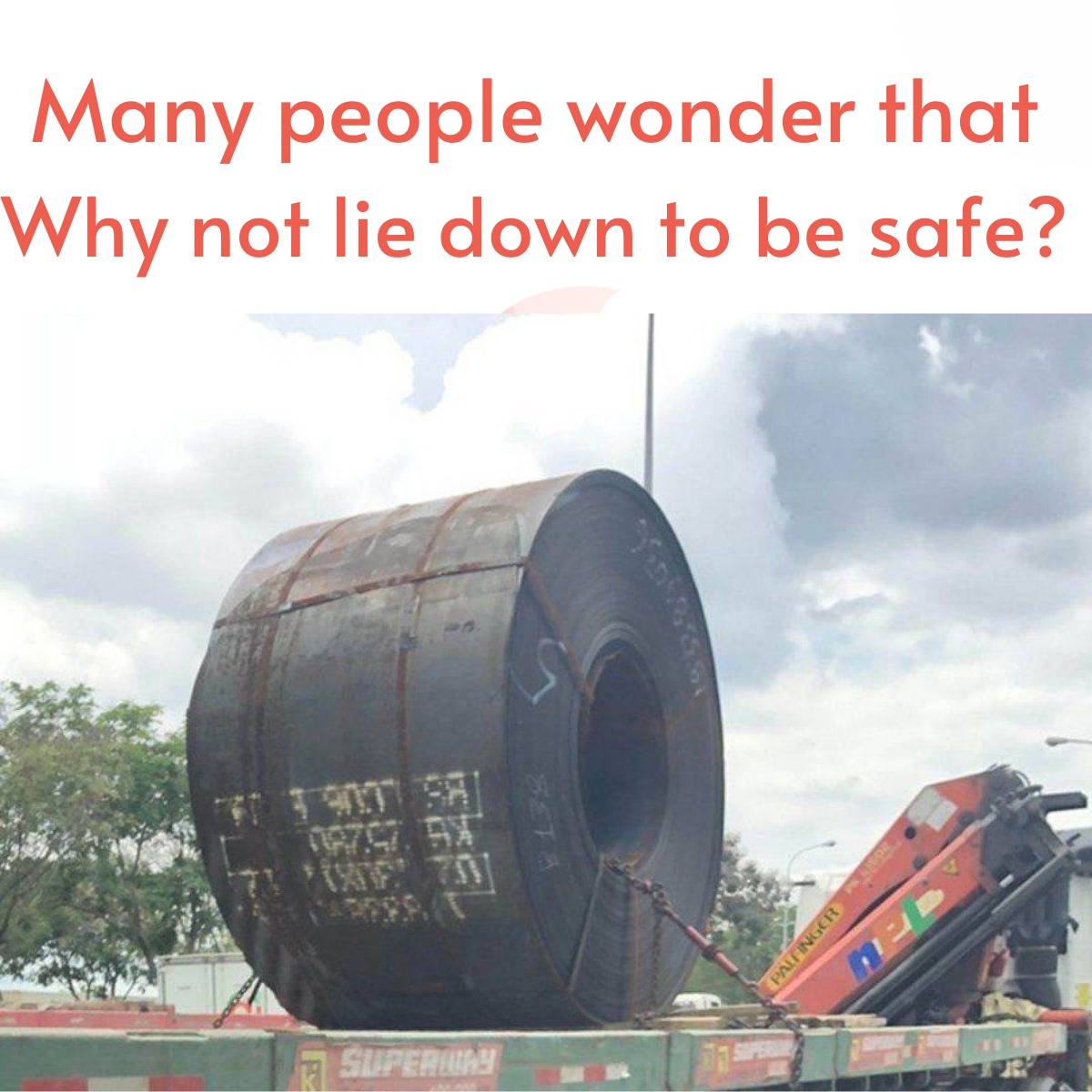Spiral welded pipe manufacturing process
Spiral pipe (SSAW) is also called spiral steel pipe or spiral welded pipe. It is made by rolling a low-carbon structural steel or low-alloy structural steel strip into a tube blank at a certain helical angle (called a forming angle), and then welding the tube seams. It can produce large diameter pipes from narrower strips.
Spiral welded pipes are mainly used for oil and natural gas transmission pipelines, and their specifications are expressed by outer diameter * wall thickness. There are single-sided welding and double-sided welding of the spiral pipe. The welded pipe should ensure that the hydraulic test, the tensile strength of the weld and the cold bending performance meet the regulations.
The manufacturing process of spiral welded pipe:
(1) The raw materials are strip coil, welding wire and flux. They must undergo strict physical and chemical inspections before being put into use.
(2) The head and tail of the strip are butted by single-wire or double-wire submerged arc welding, and automatic submerged arc welding is used for repair welding after rolling into a steel pipe.
(3) Before forming, the strip is leveled, trimmed, planed, surface cleaned and conveyed and pre-bending.
(4) The electric contact pressure gauge is used to control the pressure of the cylinder on both sides of the conveyor to ensure the smooth conveying of the strip.
(5) Adopt external control or internal control roll forming.
(6) The weld gap control device is used to ensure that the weld gap meets the welding requirements, and the pipe diameter, the amount of misalignment and the weld gap are strictly controlled.
(7) Both internal welding and external welding are used for single-wire or double-wire submerged arc welding by the American Lincoln welding machine, so as to obtain stable welding specifications.
(8) The welded seams are all inspected by an online continuous ultrasonic automatic flaw tester, which ensures 100% non-destructive testing coverage of the spiral welds. If there is a defect, it will automatically alarm and spray the mark, and the production workers can adjust the process parameters at any time accordingly to eliminate the defect in time.
(9) Use an air plasma cutting machine to cut the steel pipe into single pieces.
(10) After cutting into a single steel pipe, each batch of steel pipes must undergo a strict first inspection system to check the mechanical properties, chemical composition, fusion status of the welds, the surface quality of the steel pipes and non-destructive testing to ensure that the pipe-making process is qualified Only then can it be officially put into production.
(11) The parts with continuous sonic flaw detection marks on the welds shall be re-examined by manual ultrasonic wave and X-ray. If they are indeed defective, after repairing, they shall undergo non-destructive inspection again until it is confirmed that the defects have been eliminated.
(12) The tube where the strip butt weld and the T-joint intersecting with the spiral weld are all inspected by X-ray television or filming.
(13) Each steel pipe undergoes a hydrostatic pressure test, and the pressure is radially sealed. The test pressure and time are strictly controlled by the steel pipe water pressure microcomputer detection device. The test parameters are automatically printed and recorded.
(14) The pipe end is machined so that the verticality of the end face, the bevel angle and the blunt edge are accurately controlled.
Hunan Standard Steel Co., Ltd is a leading manufacturer and supplier of carbon steel pipes (seamless and welded), supplying many types, grades, diameters and lengths of pipe to a variety of industries.













